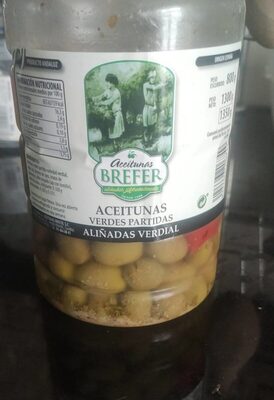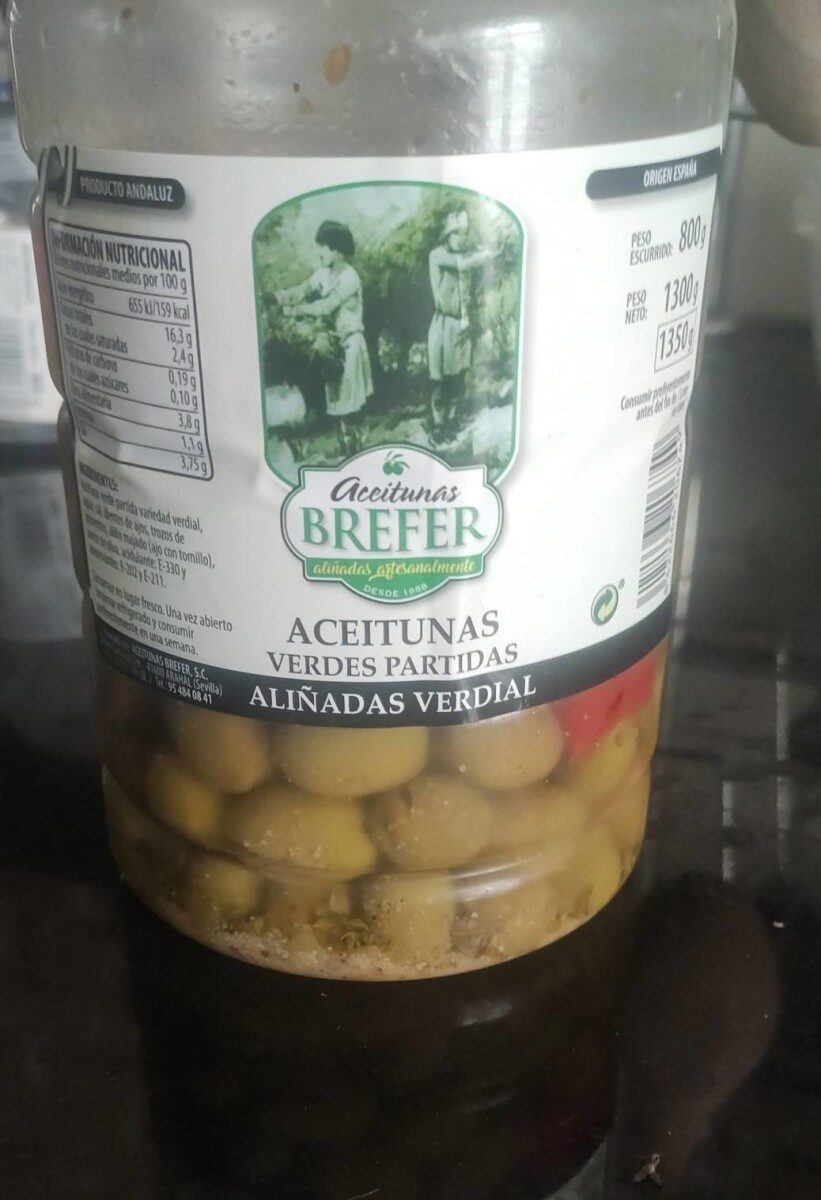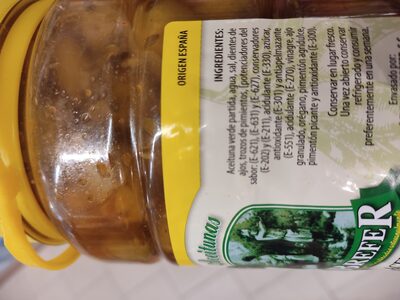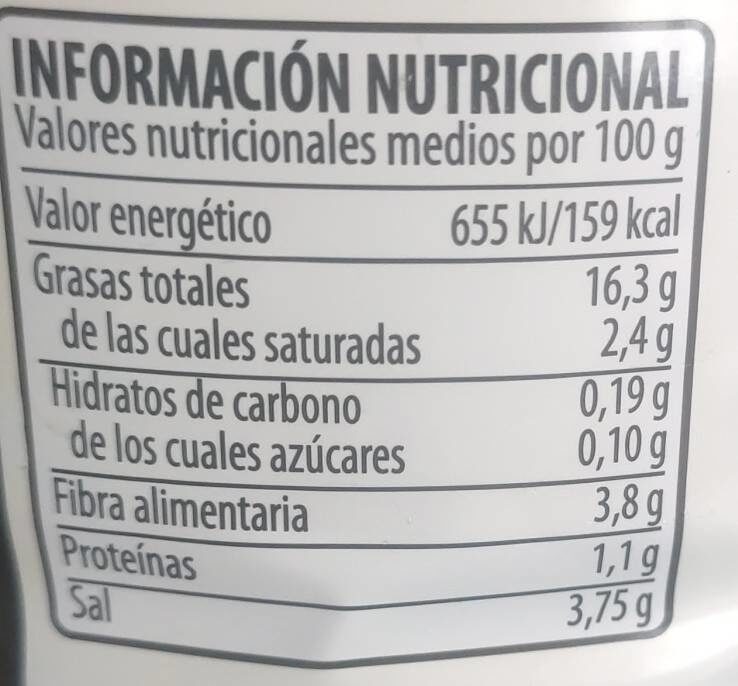Aceitunas Verdes Partidas Aliñadas Verdial - 800.0 g
Aquesta pàgina del producte no està completa. Podeu ajudar a completar-la editant-la i afegint-hi més dades a partir de les fotos ja disponibles, o fent-ne més amb l'aplicació de androide o iPhone / iPad. Gràcies!
×
Codi de barres: 8422666206749 (EAN / EAN-13)
Quantitat: 800.0 g
Empaquetament: es:Envase de plástico
Etiquetes, certificacions, premis:
Punt verd
Països on es va vendre: Espanya
Matching with your preferences
Entorn
Empaquetament
Transport
Report a problem
Fonts de dades
Producte afegit per kiliweb
Última modificació de la pàgina del producte per spotter.
La pàgina del producte, també editada per date-limite-app, ecoscore-impact-estimator, inf, openfoodfacts-contributors, packbot, yuka.UjZzQVFZc2JsUDAyaE1RVW9VM2tvOVJwNnFDVldrZXhPdllLSWc9PQ, yuka.YTQ0Z0l2OHVtL2NZb3ZjQjgwelF3WTl0eUx1Q1ZHT3ljY1k3SUE9PQ, yuka.sY2b0xO6T85zoF3NwEKvlk9WdvPsmRb0PSDivkiW-feWfq3sRdVZ69PhGao, yuka.sY2b0xO6T85zoF3NwEKvlnYcXvb_sG3obkzvyRHRmNykK5bKUf117tb2aKo.








